Journalism in Action: Beverly Deepe Keever and Her Career
Archives & Special Collections, University of Nebraska-LincolnArticles and Photos by Year
By looking at Keever’s articles and photos chronologically, we get an interesting glimpse into the course of the Vietnam war from 1962-1968 from one reporter’s perspective.
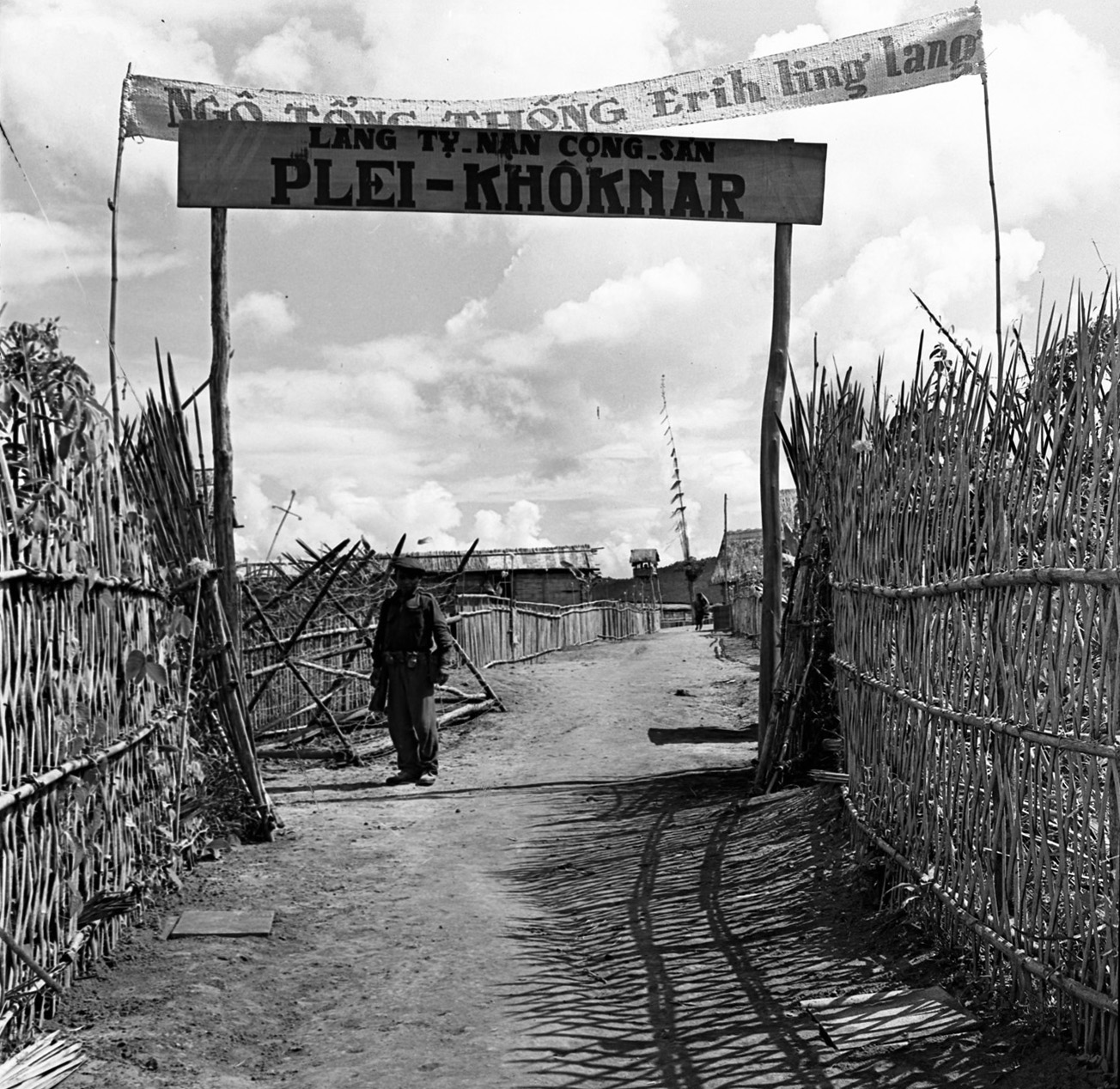
Strategic hamlet entrance, 1962
1962
Keever arrived in Vietnam in February 1962. While America was present in Vietnam with their military advisors, the war was still technically only between the South Vietnamese government and the guerilla Việt Cộng.
Much of Keever’s work during this year focused on the lives of civilians and how they were being effected by the war. She covered a wide variety of topics, including U.S. agricultural aid, American advisers, the Strategic Hamlet program, the lives of Montagnards, American medical personnel, and ARVN recruitment.
Read the articles here.
See the photos here.
1963
1963 is best known as the year of the Buddhist Crisis. As the government of Ngô Đình Diệm continued its discriminatory policies toward Buddhists in South Vietnam, protests by monks, students, and other Buddhists became more frequent. Monks began to use self immolation as a way to draw attention to their cause. Then in November, the South Vietnamese government overthrew and executed Diệm, starting a military junta. John F. Kennedy was shot just a few weeks later, putting Lyndon B. Johnson in control of American policy.
Keever extensively covered the Buddhist crisis and the fall of Ngô Đình Diệm, as well as covering other South Vietnamese political topics like Madame Nhu (Trần Lệ Xuân), the evacuation of Montagnards from the highlands, and continuing American aid.
Read the articles here.
See the photos here.
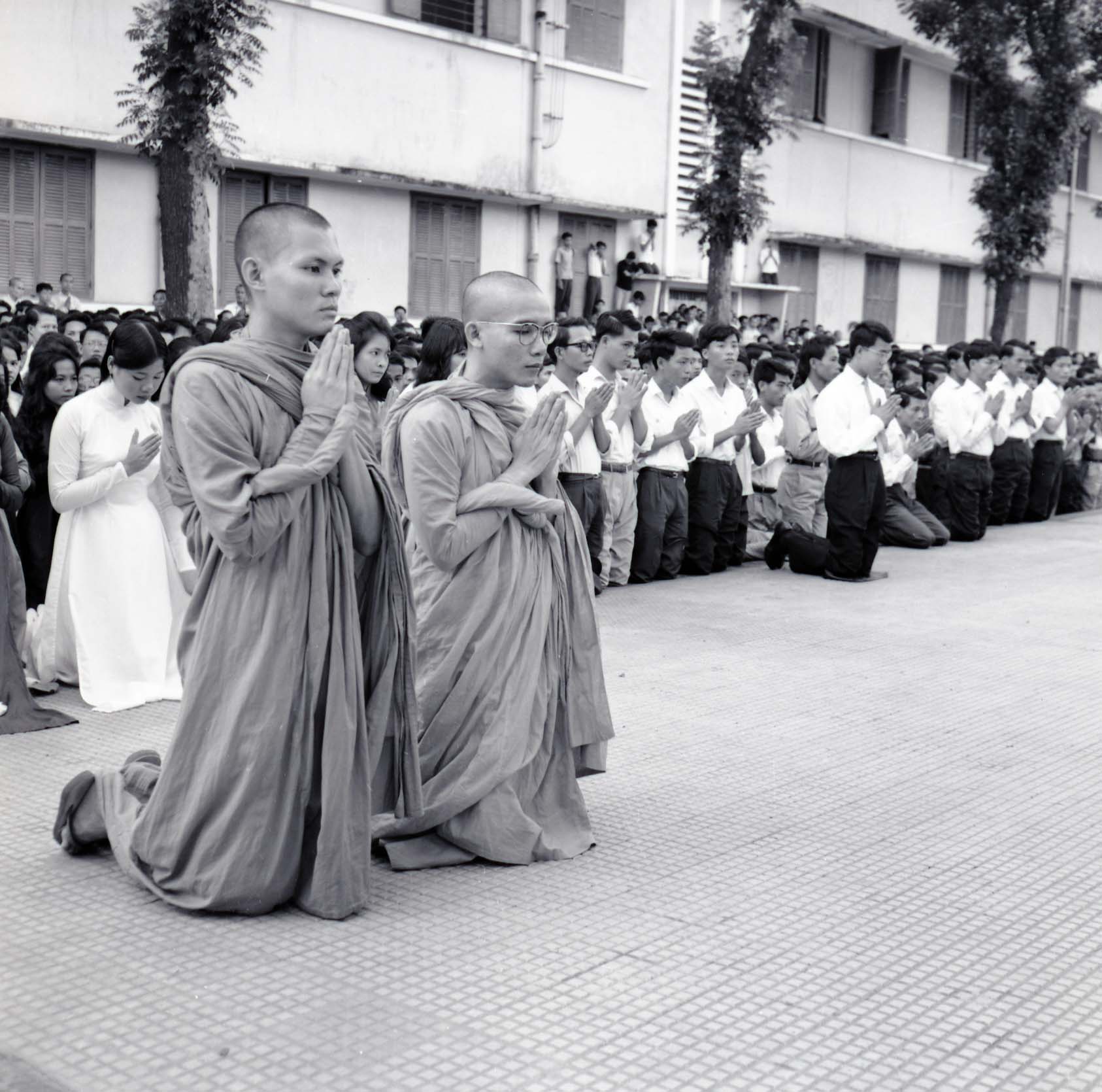
Buddhist monks praying at a protest, 1963
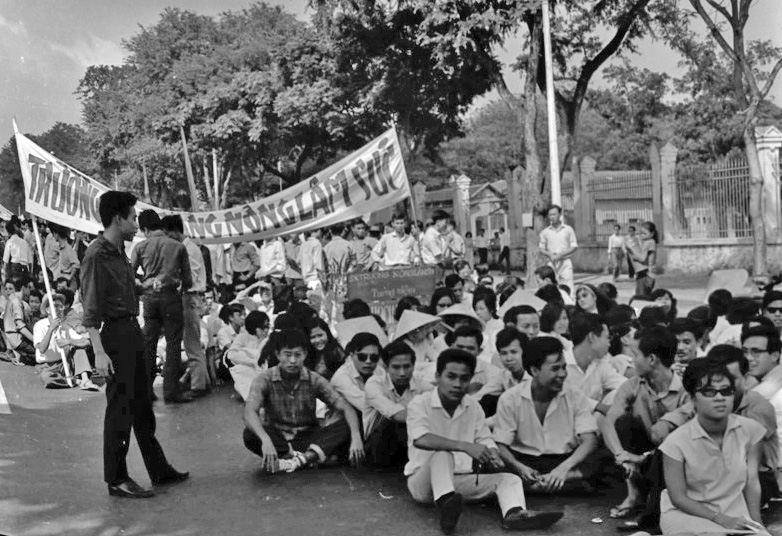
Student protesters at the Ministry of Information, 1964
1964
In January, General Nguyễn Khánh took power from the military junta. However, student and Buddhist protests continued through the year, especially in Saigon.
In August, the U.S. Navy claimed North Vietnamese boats had fired torpedoes at the USS Maddox in the Gulf of Tonkin. While the details of this event have been questioned in later years, the Tonkin Gulf Incident gave President Johnson the excuse he was looking for to enter the Vietnam War. On August 7, Congress passed the Gulf of Tonkin Resolution, allowing Johnson to defend against the perceived attack.
Read the articles here.
See the photos here.
1965
America began its intervention in the Vietnam War with Operation Rolling Thunder, a bombing campaign against North Vietnam that would continue for 3 years. In March, the first American ground troops began to arrive in South Vietnam.
The increase in American presence had two immediate effects. First, the number of reporters in Vietnam began to grow, as the conflict began to take on Cold War importance. Second, anti-American sentiment also grew, leading to events like the embassy bombing.
In 1965, Keever also reported extensively on Nguyễn Văn Thiệu and Nguyễn Cao Kỳ’s South Vietnamese government starting in 1965.
Read the articles here.
See the photos here.

Embassy bombing, 1965

Operation Mastiff American soldier, 1966
1966
In many ways, 1966 was largely a continuation of the trends from 1965. Major stories that Keever covered generally revolved around the bombing of North Vietnam, increasing American ground troops, and terrorist bombings.
Keever also covered other topics in 1966, including American army hospitals, Operation Mastiff, fighting around Da Nang, Việt Cộng propaganda, Marine Corps County Fairs, and Republic of Korea Army soldiers.
Read the articles here.
See the photos here.
1967
As the U.S. troops became more and more established in Vietnam, many of Keever’s articles turned to focus on the lives of GIs. She also covered the Chiêu hồi program and the visit of Vice President Humphrey in this year.
The major change in the war for 1967 was the slowing of Operation Rolling Thunder bombing and the shift to more ground operations, especially Operation Cedar Falls. This Operation cleared the communist presence around Saigon, revealing a vast tunnel network Việt Cộng constructed in the area.
Read the articles here.
See the photos here.
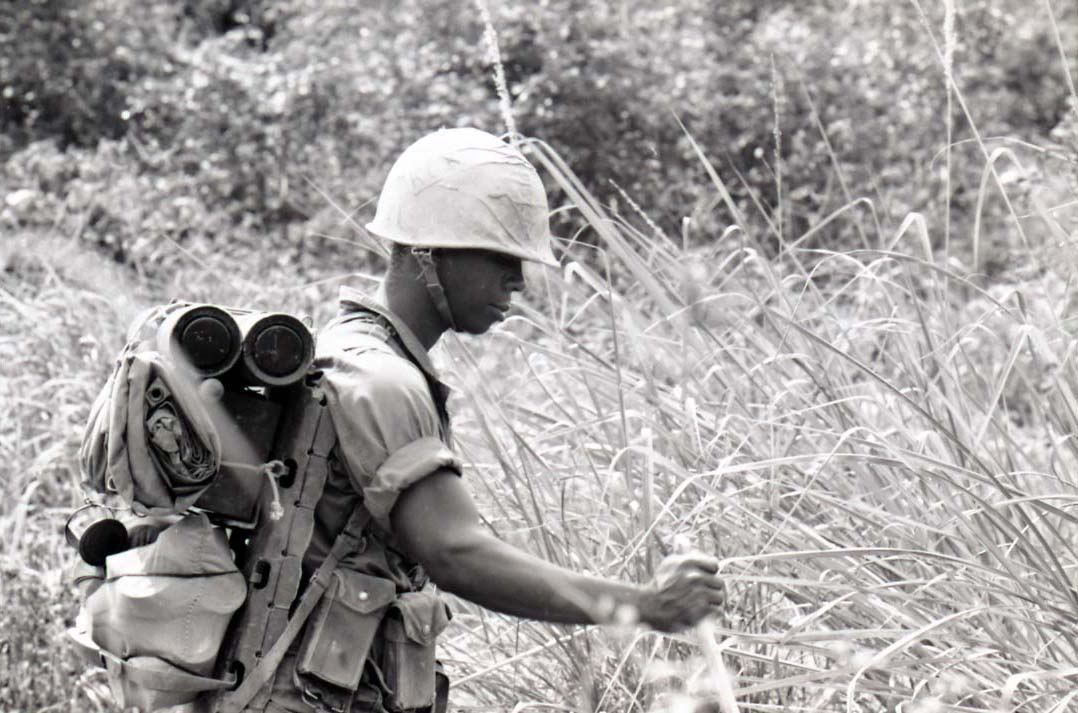
American soldier standing in tall grass, 1967
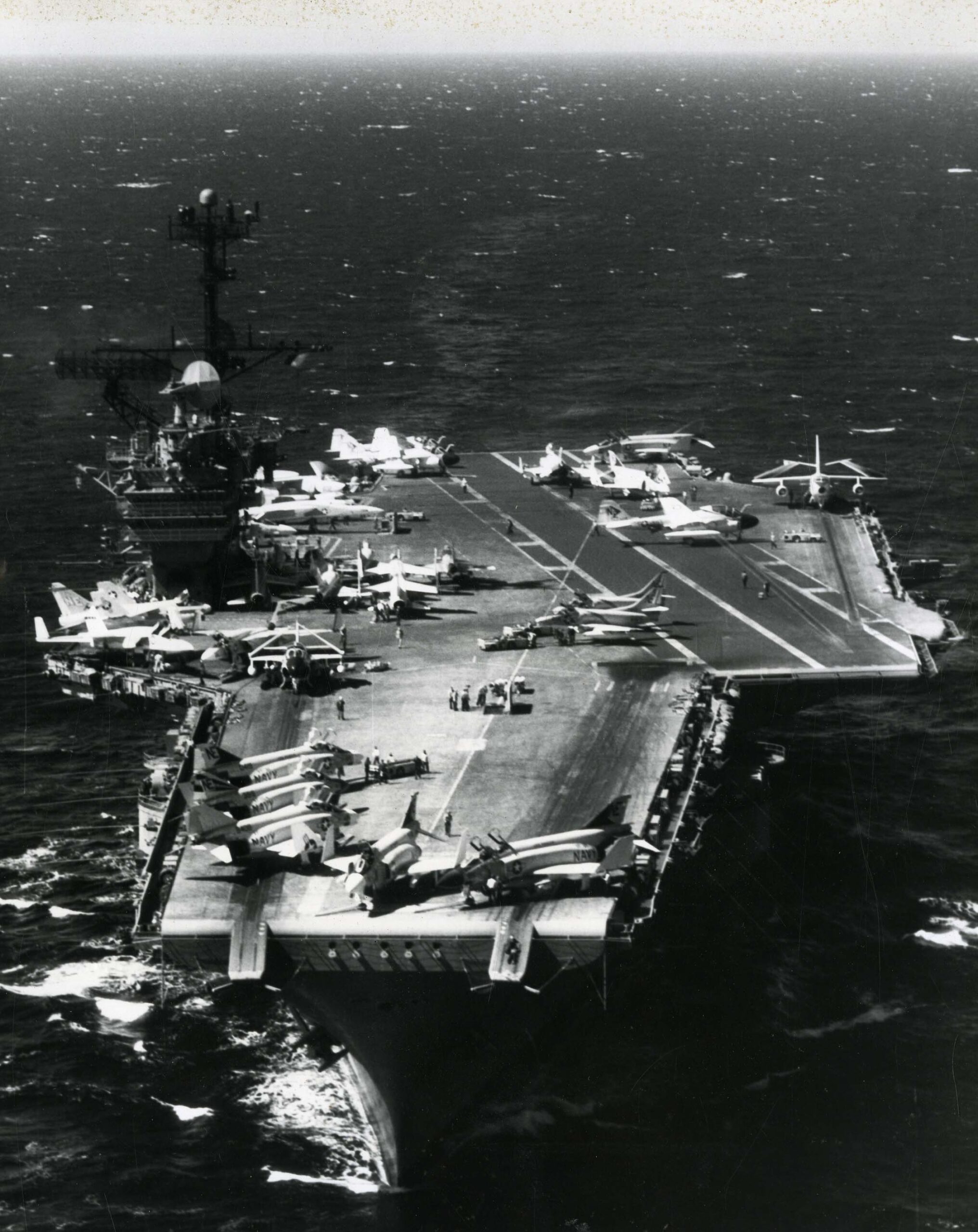
USS Ranger flight deck, 1968
1968
1968 saw the biggest shift in Vietnam War: the Tet Offensive. During the Tết new year celebrations, Việt Cộng forces attacked cities and military bases across South Vietnam. The massive show of force was a surprise to American military officials, who didn’t believe the communists had the manpower or capability for such an attack. The American public also began to doubt the rosy picture of an easy victory in Vietnam.
With criticism of the war growing in America, General Westmoreland was replaced by General Abrams. President Johnson also announced he would not be running for reelection, and he was eventually replaced by President Nixon.
In 1968 Keever also covered peace negotiations, fighting around Saigon and the DMZ, the bombing halt, the election of Trần Văn Hương, and Battle of Khe Sanh.
Read the articles here.
See the photos here.
